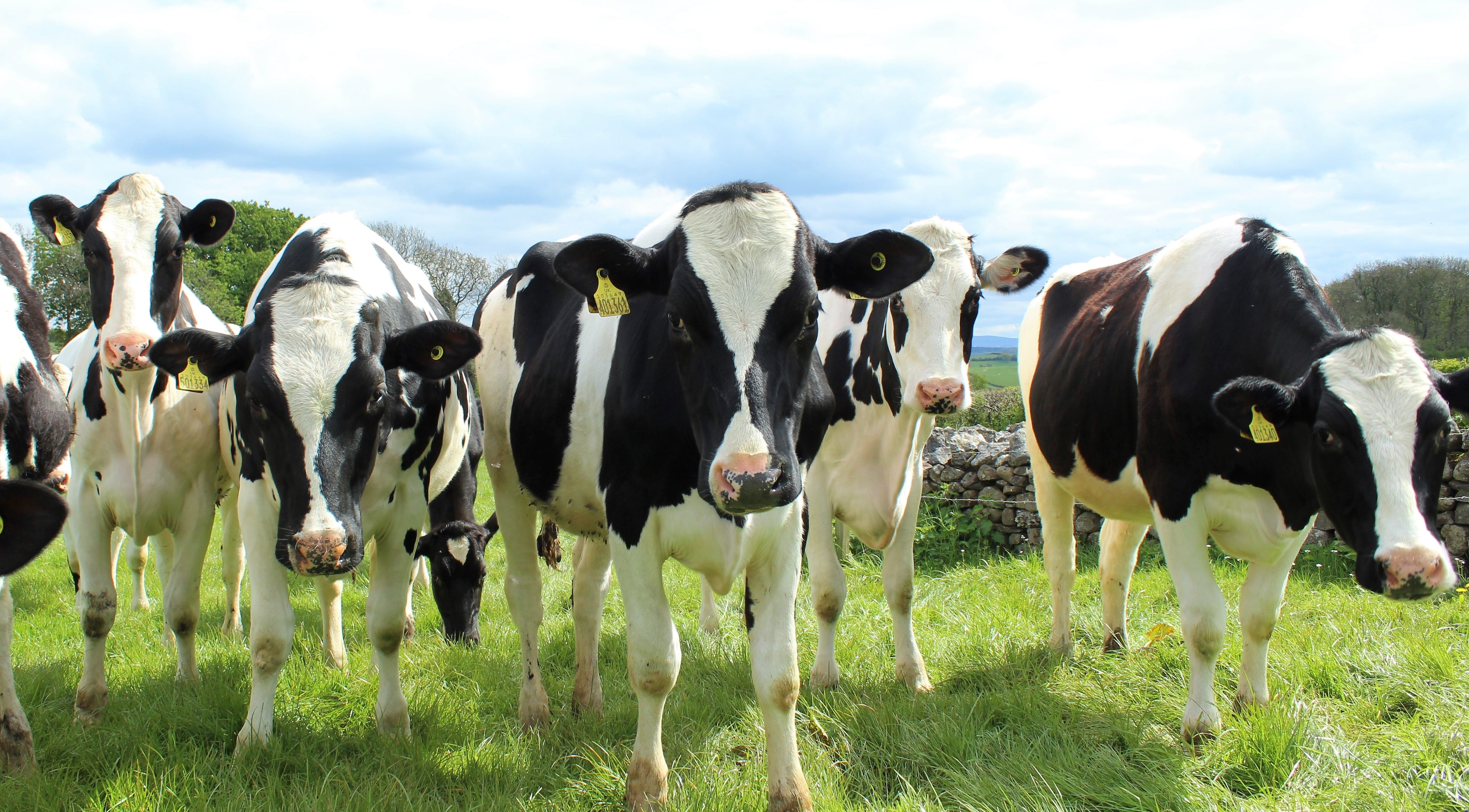Bovine abortion investigation
Abortions may be idiopathic or the result of metabolic or hormonal abnormalities, nutritional deficiencies, trauma, toxicities, or infectious processes. Abortion diagnosis can be challenging and the cause is only identified about half the time, although lesions and inflammation may be seen more often. Investigation of the cause of bovine abortions has previously relied on a combination of histopathological examination of fetal tissues and placenta, along with bacterial and fungal culture of fetal stomach contents or tissue in combination with serological tests. PCR techniques are recommended on aborted tissues to assist with the diagnosis of abortion.
Use of PCR technology increases the ability to search for pathogens implicated in bovine abortion but is an adjunct to other conventional laboratory tests, rather than replacing them. A full bovine abortion diagnostic workup can involve a combination of microbiology, histopathology and now PCR testing to increase the chances of confirming the cause of the abortion. Appropriate sample collection is integral in helping determine the cause.
Samples to collect:
Ideally collect the fetus, placenta and dam sera if available. If this is not possible, then collect whatever you can. If there is no placenta with the fetus, check the dam to see if a sample can be retrieved from her.
From the dam – serum / placenta (fresh and fixed)
From the fetus – if performing a field necropsy collect:
- Fixed: brain, lung, liver, kidney, heart, spleen, skeletal muscle, and placenta*, plus any gross lesions
- Fresh: sterile stomach contents, lung, fetal fluid (thoracic) or heart blood and placenta
Alternatively send the entire fetus to the laboratory for a necropsy.
Recommended laboratory testing:
- Histopathology on all tissues, including placenta – highly recommended.
- PCR testing on fetal stomach contents.
- Serum for Neospora, Leptospira and BVD can be held for testing later if, or when required.
- Microbiology and mycology on stomach contents or lung, and/or placenta (if not grossly contaminated).
BVD testing:
- Be aware that it is unclear whether having a positive BVD fetus means it aborted because of the virus. The fetus may be a persistently infected neonate and aborted from some other cause.
- Fetal autolysis affects the BVD tests, particularly the antigen ELISA which we used to perform on spleen. It causes false positives so we now only recommend you submit heart blood or thoracic fluid (it is often quite bloody) for testing using PCR.
- A fetus that is mummified/dried cannot be tested for BVD.
- BVD antibody ELISA may be used in late term fetus’ (>150 days gestation) once the immune system has developed.
Tips:
- To increase your chance of making a diagnosis, collect the fetus, placenta and dam sera, and undertake histopathology and PCR testing. Other tests such as microbiology, Neospora IFAT, Leptospira MAT and BVD antibody or antigen tests can be added as a panel or singularly.
- Placenta is one of the most important tissues to examine histologically and can be very useful for confirming a diagnosis. Take multiple cotyledons as there can be regional variations of pathology. If fetal skin has any lesions collect this too.
- Take the whole brain if you can but don’t worry about taking it out whole. Often it will be semi-solid but just pour this into formalin where it hardens. Usually the brainstem is firmer, and is quite suitable for examination.
For pricing and turn-around time information, please refer to our current price book. If you have any questions or would like any further information, please contact your local Awanui Veterinary laboratory or your Territory Manager.

